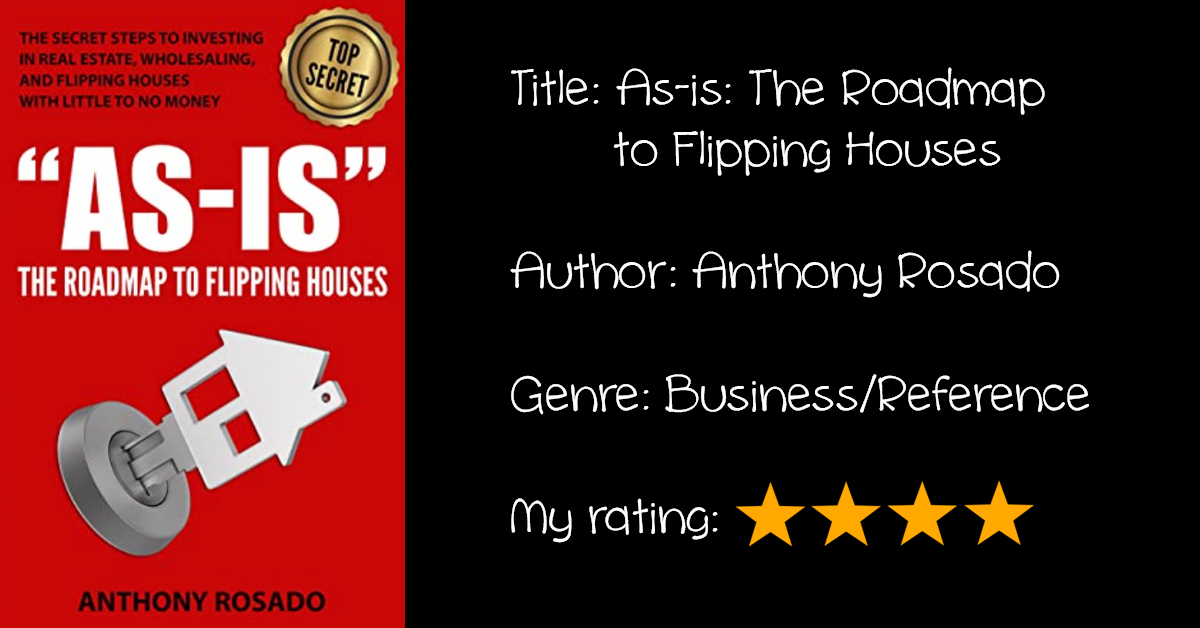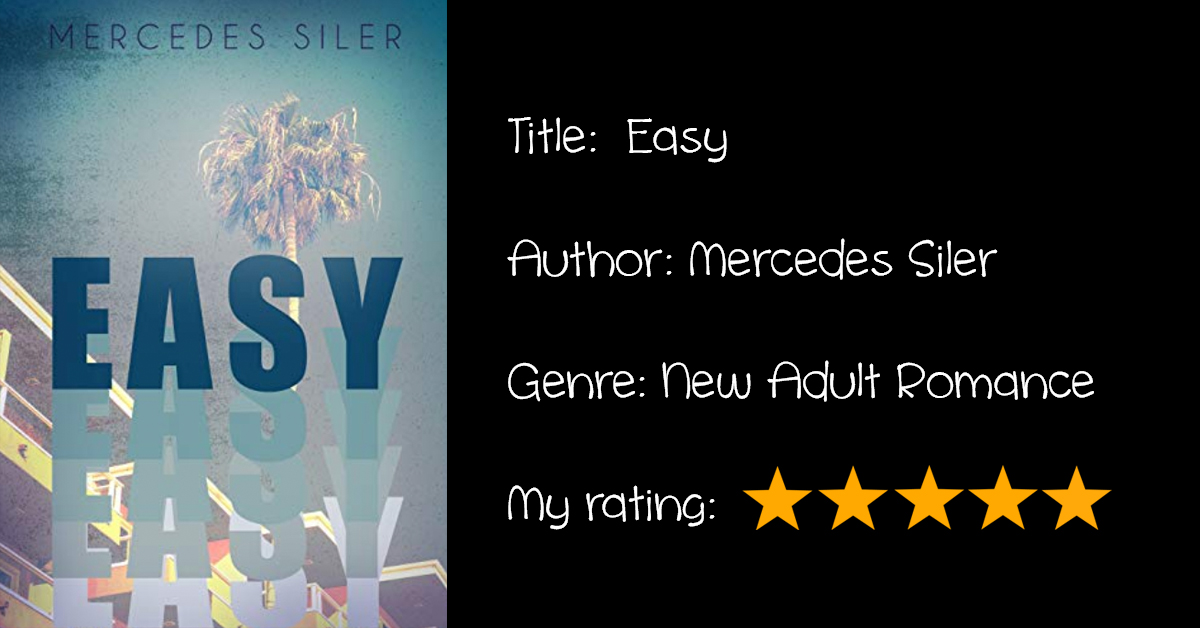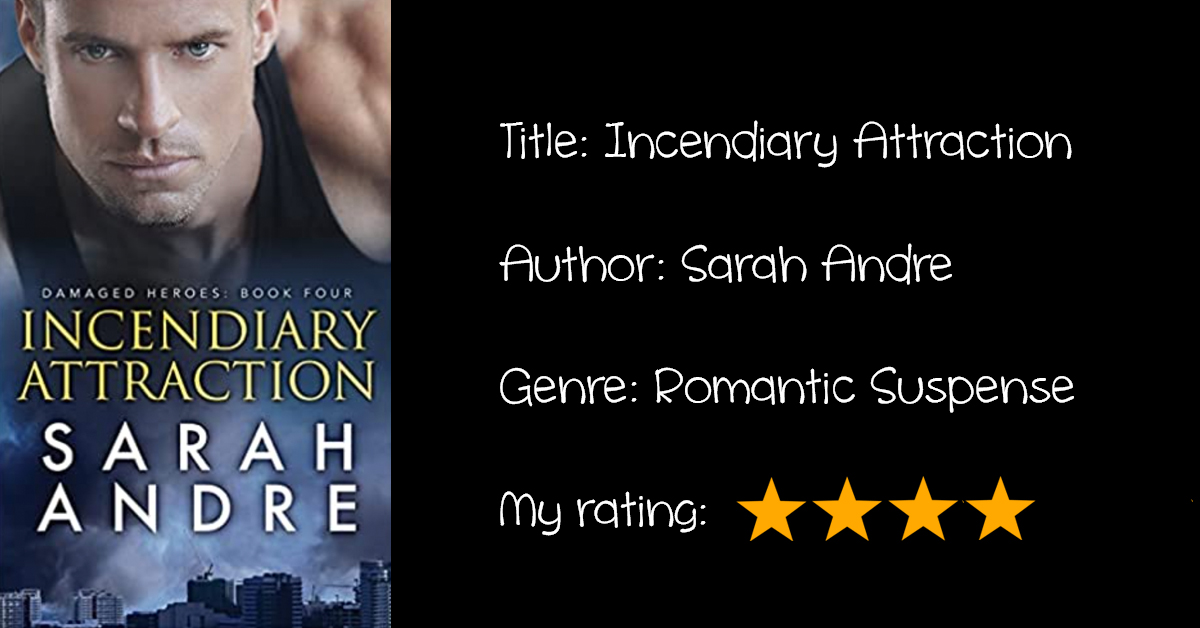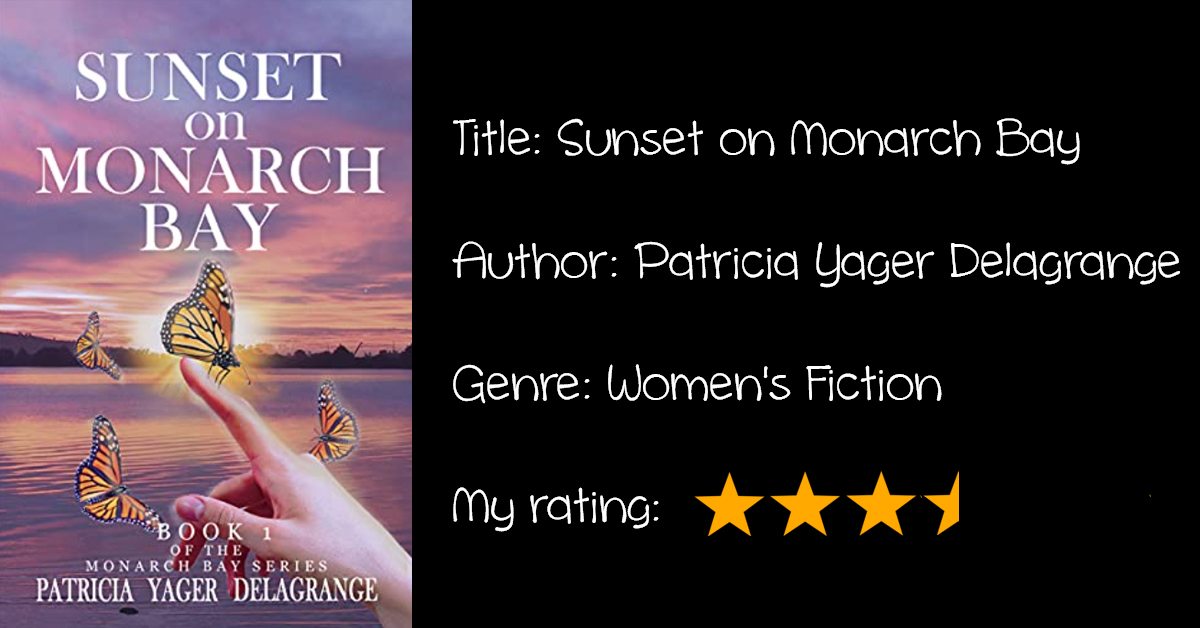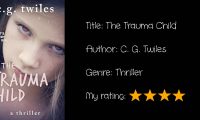Review: “As-is: The Roadmap to Flipping Houses”
A valuable resource for those looking to break into the real estate industry
This was my forty-fifth book I chose via the Reedsy Discovery program, for which I am the single approved reviewer for this new book. This review also appears on Reedsy.
If you’re interested in becoming a Reedsy reviewer (and have the chance to get paid “tips” to review books!) check it out here.
The Premise
Real estate guru with over 20 years’ experience, Anthony Rosado, shares his expertise in this book, giving a blueprint to equip prospective buyers with confidence, knowledge, and the required skills to be successful. He clarifies terms to become familiar with upon approaching the industry, and advises on the mistakes to avoid, providing a three-step guide to closing your first wholesale deal, and other crucial strategies.
The Pros & Cons
This was a valuable resource for those looking to break into the real estate industry.
The format is engaging, and concepts were explained for a layman, with the inclusion of many terms known in the industry. There is a lot of practical advice provided, for example sample percentages to work with:
You should set aside 5%-10% for expenses like taxes, attorney fees, appraisal fees, and other administrative tasks that are necessary to the successful completion of the project. The renovations should make up roughly 20%-35% of the budget, the marketing budget should be between 1%-3%, and the property should make up the rest of the budget.
He advises on the importance of due diligence: making sure all legal documents are in order, all of the taxes have been taken into consideration, and more. One important note is to “figure out who you are selling to and add value to the property accordingly” — avoid additions like swimming pools, wine cellars, tennis courts, and garages as these increase renovation costs but don’t offer a proportionate return on investment.
I also liked the nature of storytelling in the author’s voice, as it felt like a honest conversation rather than “reading a book” at times, for instance:
Finding the right house is like solving a Rubik’s cube. All of the colors have to be on the right sides for it to be complete. If even one square is in the wrong place, the whole deal could go sour.
There were some aspects that felt like a bit too much “common sense” — for example: don’t send mail to vacant properties, don’t approach people who own higher-end properties if you are not interested in investing in this type of property, and many more that were obvious. But for the most part, this guide will be an excellent starting point as it offers advice that may be entirely new if someone has never invested in property before.
Conclusion
I myself have invested in real estate already. Thus, I may not be the intended audience, but I still found that there is a wealth of information here. I appreciate how clear and detailed the explanations were, and I would recommend this as a starting point for new investors, but they will need to do much further research.
For me, the intention of this book was not to “give all the answers” but to point you to what your questions should be — and THAT is invaluable. As the author mentions, there is a “Rubik’s cube” to unravel in the field of real estate investing, and you will be doing yourself a disservice if you enter that minefield entirely unprepared.
